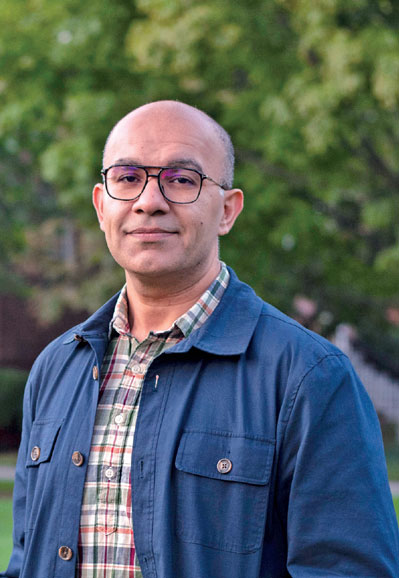‘Aadhaar for Me Represents Larger Failures That Prepare the Grounds for Marginalisation, Dehumanisation, and Much Worse’
 The name of your book The Identity Project is drawn from the UIDAI project which you criticise on two grounds—its inability to efficiently deliver on what it is supposed to do (welfare) and the immense power it gives the government to keep tabs on all citizens. Can you explain these two problems?
The name of your book The Identity Project is drawn from the UIDAI project which you criticise on two grounds—its inability to efficiently deliver on what it is supposed to do (welfare) and the immense power it gives the government to keep tabs on all citizens. Can you explain these two problems?
Actually, I was interested in documenting the legal opposition to Aadhaar, because the project itself was an extension of a certain national desire for efficiency at any cost. I thought that exploring the arguments would help me understand how India itself was changing, what its citizens valued, and what ideals were being fought for. Reporting on Aadhaar’s creation, I felt, would reveal something about how power and influence worked in India, particularly the kind of technocratic persuasiveness exercised by Nandan Nilekani, the architect of the project.
My reporting on its efficiencies was built on the work of researchers who tracked the ways in which Aadhaar failed the most vulnerable citizens—Muslims and tribals—through exclusions by way of authentication errors, and through diverted welfare payments. That was what took me to Jharkhand, where people had died of hunger because of a technological hiccup. I wrote the story of one woman’s gradual starvation as a series of things went wrong around her. Not just did the technological system fail, but so did the local welfare agent as well as neighbours who watched her grow weaker. They gave her what they could, but they had so little that even a bowl of rice felt excessive.
It’s the story of just one person, but that is the world any population-scale technology exists in, and I wanted to see how this shiny tool, which was so efficient in the mind of its supporters, worked in a world of irrational actors and power outages and eroded thumbprints. Unsurprisingly, life is not as frictionless as technologists would like to believe.
About surveillance, again,
Subscribe To Force
Fuel Fearless Journalism with Your Yearly Subscription
SUBSCRIBE NOW
We don’t tell you how to do your job…
But we put the environment in which you do your job in perspective, so that when you step out you do so with the complete picture.







